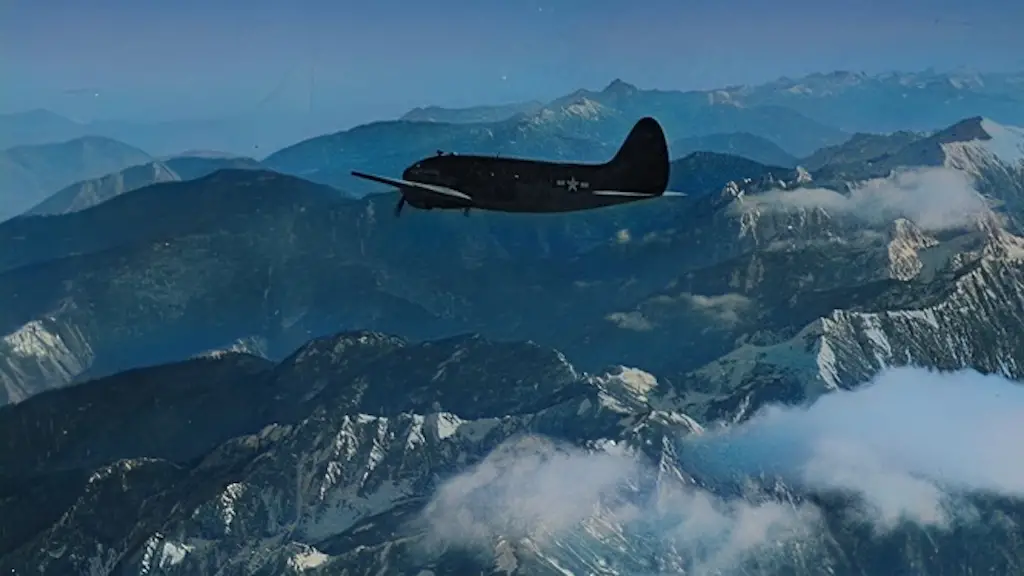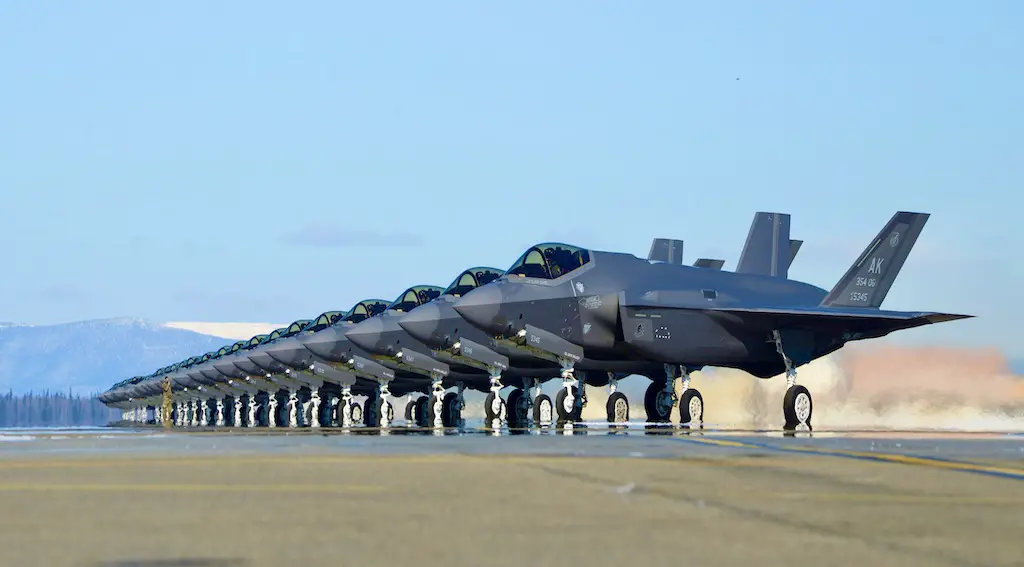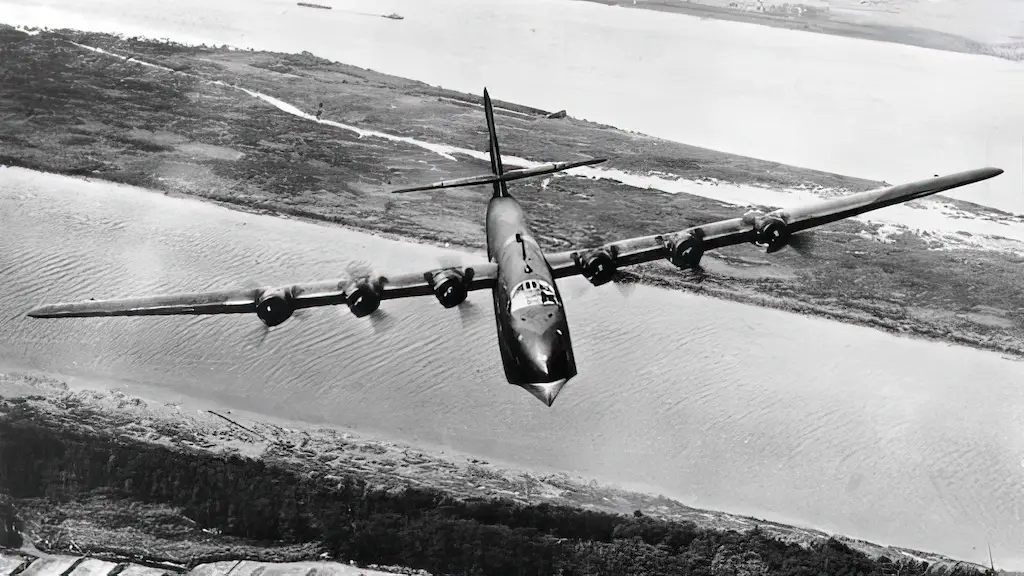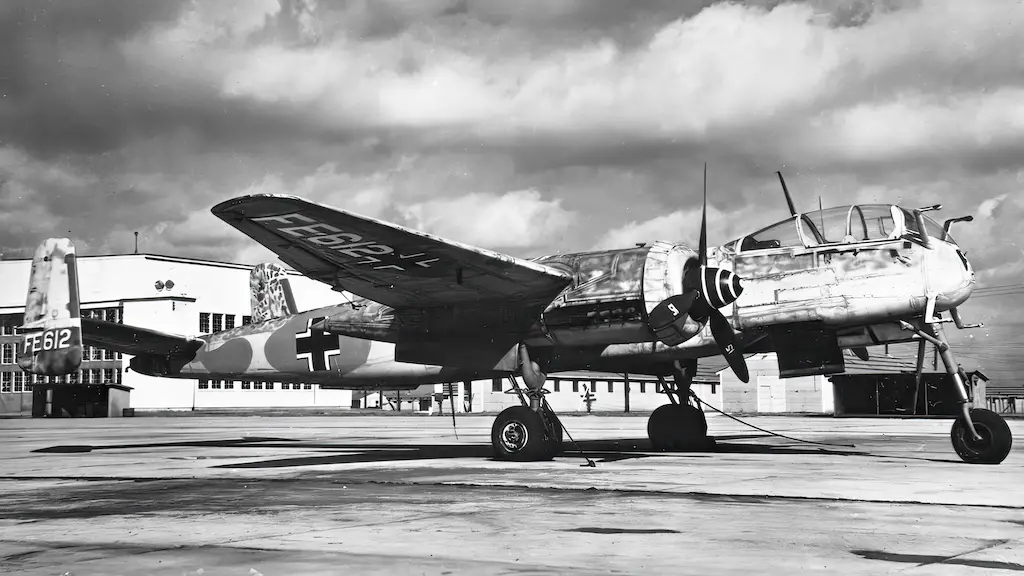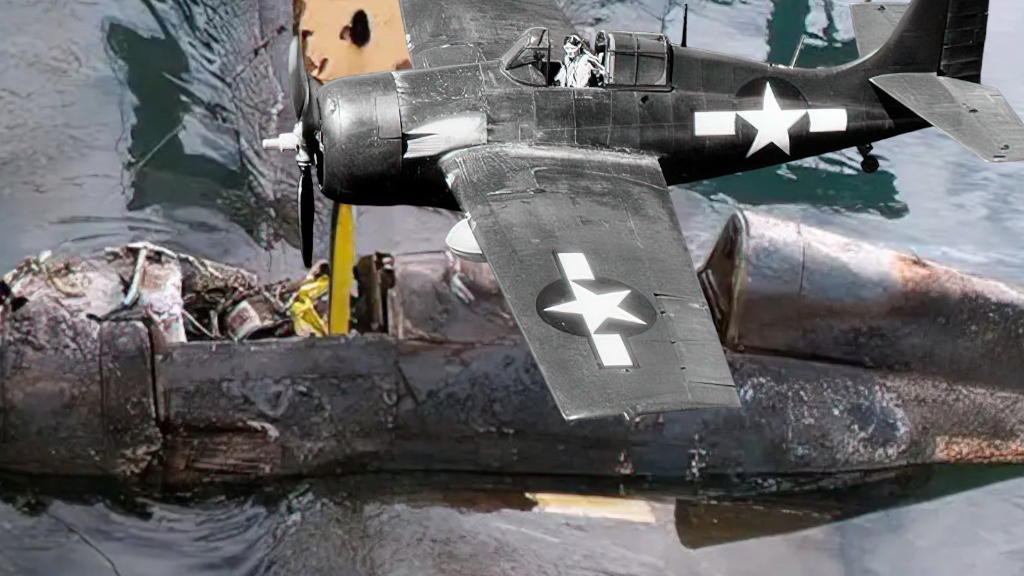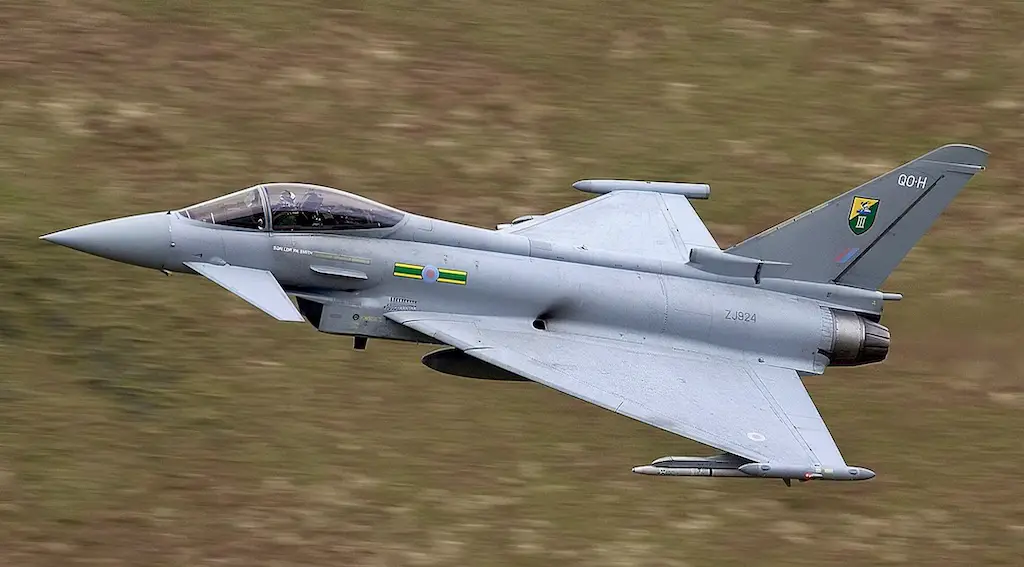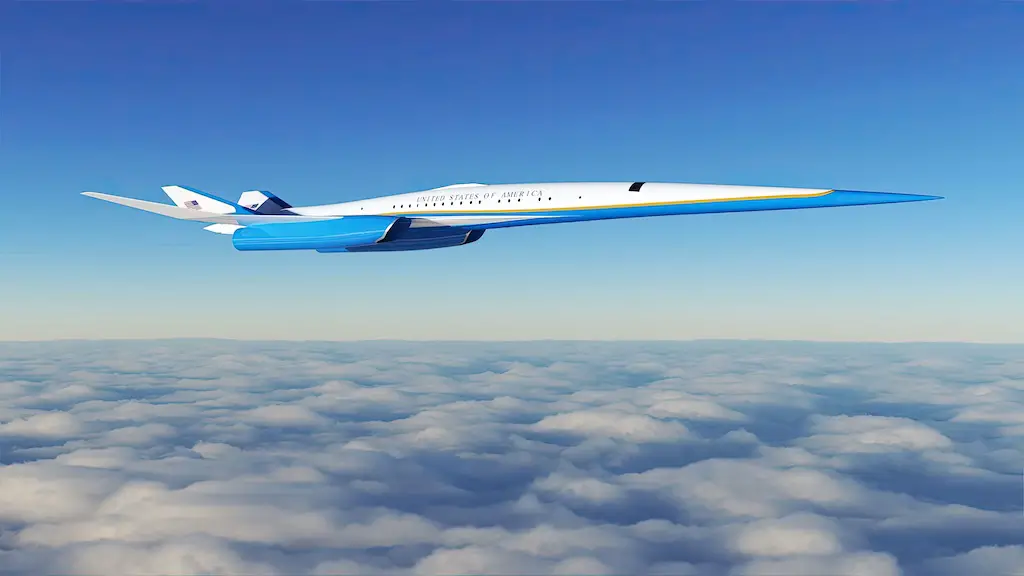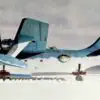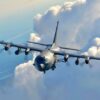The Himalayan Air Disaster
During World War II, a little-known chapter unfolded in the eastern Himalayas, where over 600 American transport planes met their doom. These crashes occurred in India’s Arunachal Pradesh, a region shrouded in mystery and history. This part of the war saw at least 1,500 lives lost, including American and Chinese pilots, radio operators, and soldiers. Their sacrifice was part of a massive, yet often overlooked, military operation spanning 42 months.
The crashes were a result of a concerted effort to sustain a critical air transport route. This route extended from the Indian states of Assam and Bengal to support Chinese forces in Kunming and Chongqing. The operation was a direct response to the Japanese advance to India’s borders, which effectively sealed the land route to China through northern Myanmar.
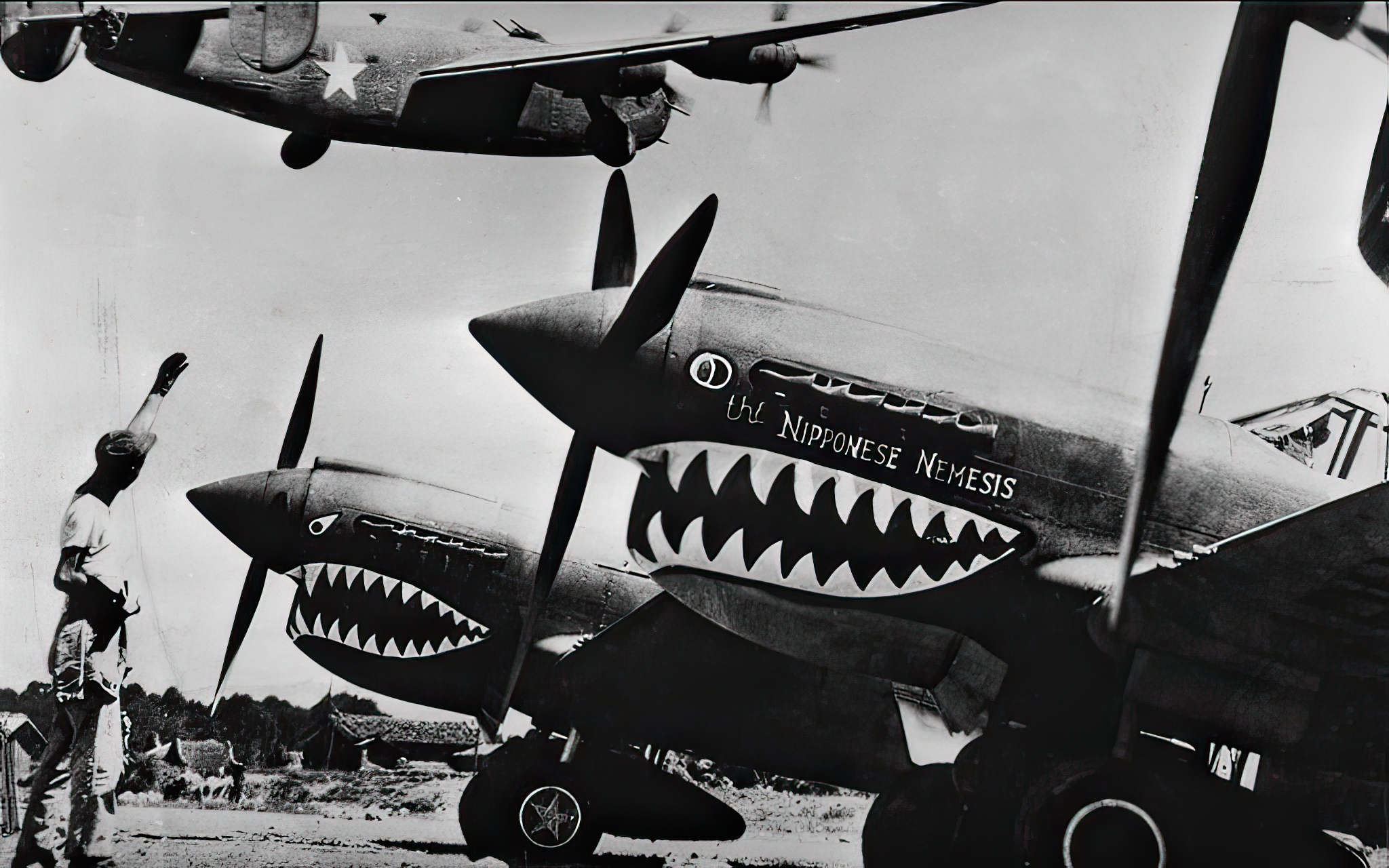
A Grueling Search for History
Since 2009, Indo-American teams have embarked on rigorous expeditions to unearth the stories buried in the Himalayas. These teams, consisting of mountaineers, medics, forensic archaeologists, and rescue experts, have braved dense jungles and towering altitudes in Arunachal Pradesh.
The quest to locate crash sites and remains is a challenging endeavor. It involves long treks and complicated logistics. In one instance, a six-day trek, following a two-day road journey, was necessary to reach just one crash site. The terrain varies drastically, from flat plains to rugged mountains, making each expedition a unique challenge.
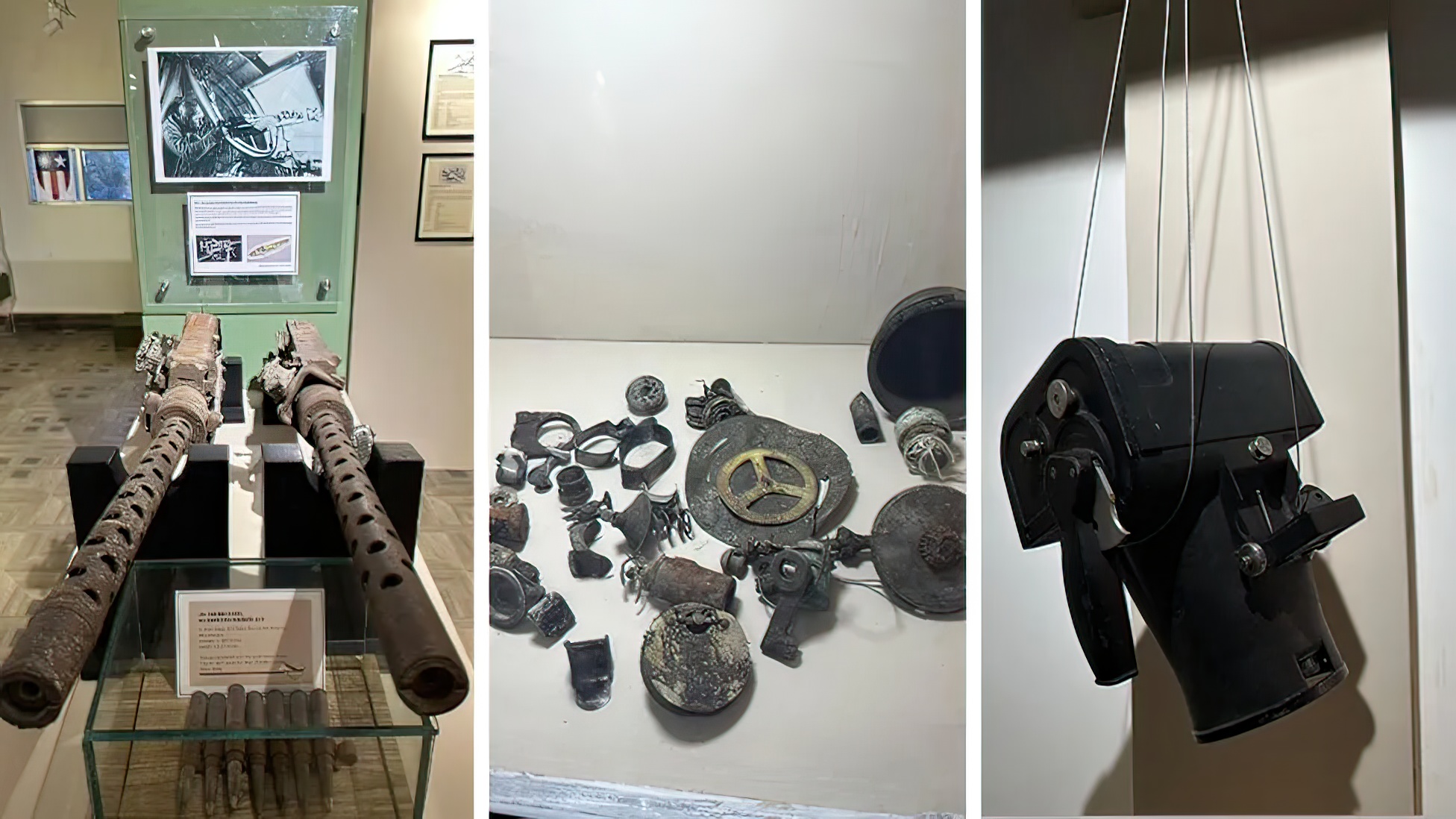
Recoveries and Discoveries
The recoveries made by these teams speak volumes about the harsh realities faced by the airmen. Among the finds are oxygen tanks, machine guns, fuselage sections, and more grim finds like skulls, bones, shoes, and watches. Each discovery brings a story to light, bridging the gap between the past and the present.
A poignant example of these discoveries is a bracelet belonging to a missing airman, found by a local villager. Such artifacts now find a home in The Hump Museum in Pasighat. This museum serves as a beacon of memory, honoring the brave souls who navigated one of the most perilous air routes in history.
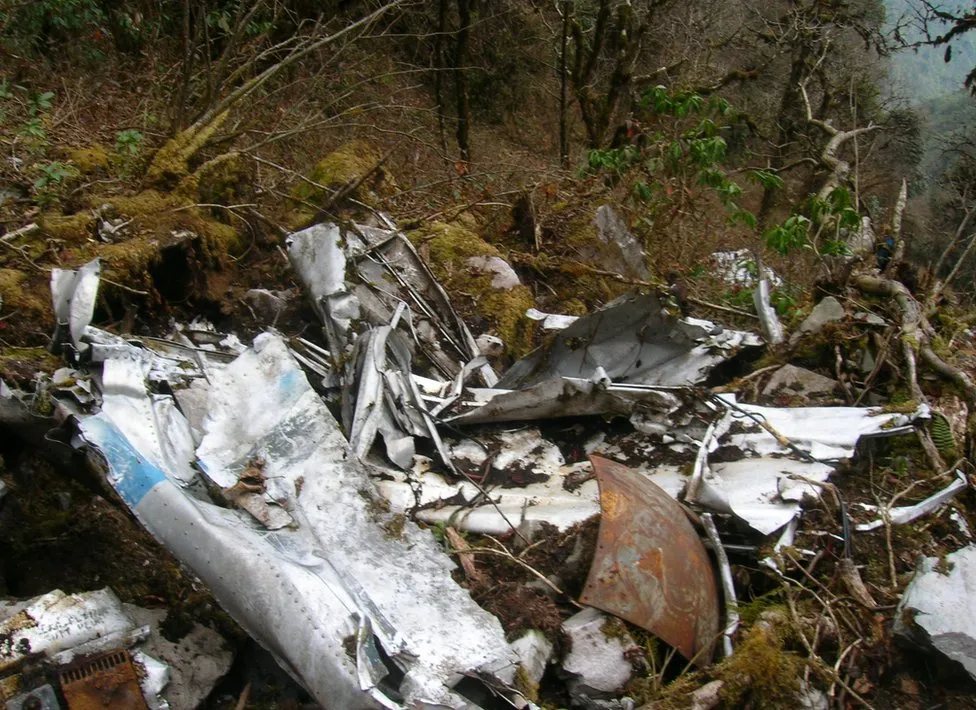
The Perilous Journey Over “The Hump”
Pilots named the flight path “The Hump,” a nod to the treacherous Himalayan peaks they had to cross. This route was a geographic challenge and a test of human endurance and skill. The flights, often manned by young, inexperienced pilots, were fraught with dangers like sudden weather changes, turbulent winds, and severe storms.
Major General William H. Tunner, a US Air Force pilot, recounts his experiences navigating this hazardous route. His memoirs vividly depict the landscape – from steep slopes and broad valleys to deep gorges and narrow streams. The flights faced constant threats from the unpredictable weather, with planes often encountering severe turbulence and downdrafts.
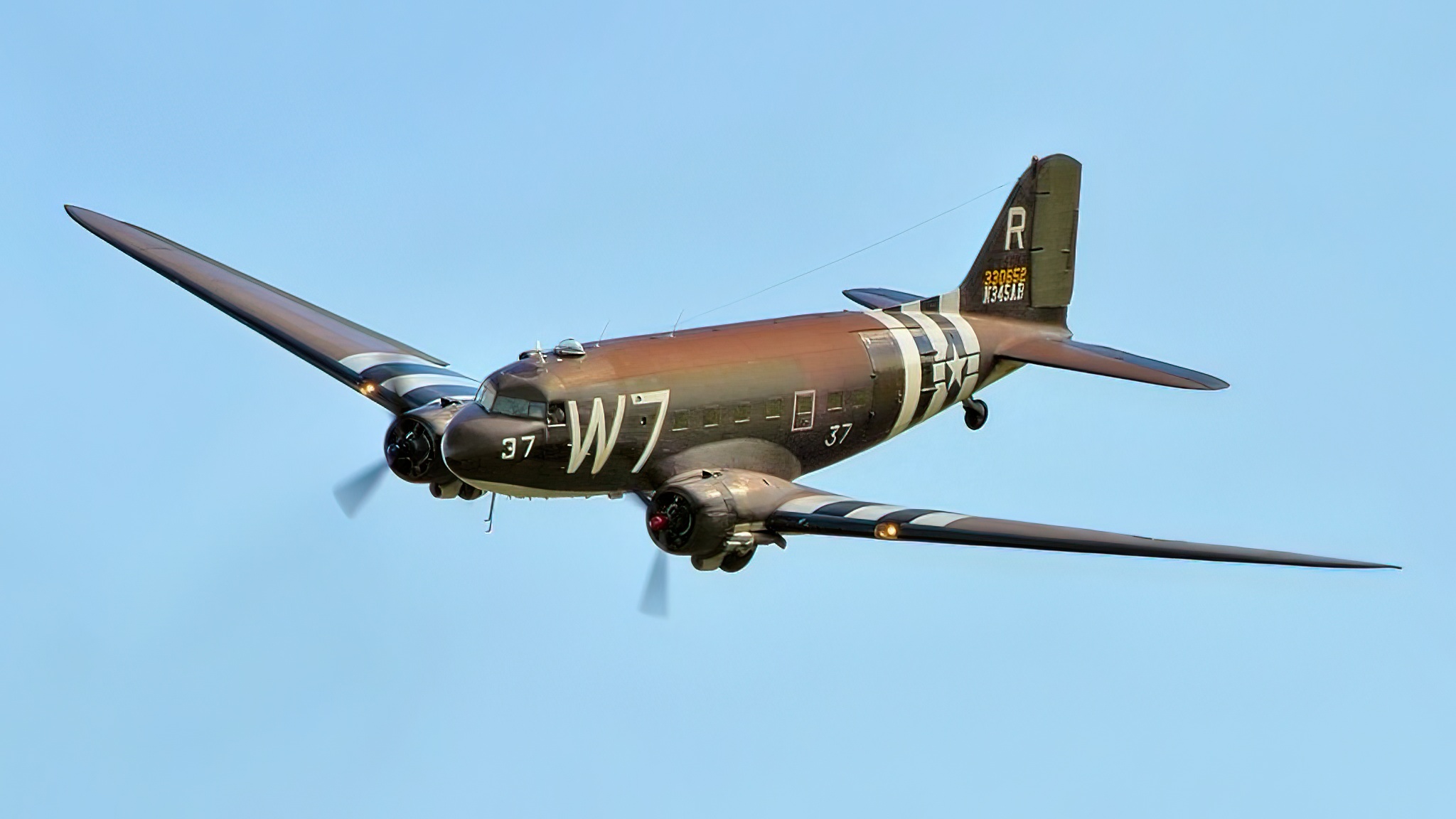
Survivors, Rescuers, and Remembrance
The stories of survival and rescue are as remarkable as the flights themselves. Local communities played a crucial role in aiding survivors. In one instance, after bailing out of their plane, a co-pilot and a radio operator wandered for 15 days before being rescued by friendly natives. These tales of survival and camaraderie highlight the human spirit prevailing against all odds.
The efforts to recover and remember those who were part of this operation continue to this day, ensuring that their stories and sacrifices are not forgotten. The Hump Museum and ongoing recovery efforts serve as a tribute to the brave souls who flew over the Himalayas.

